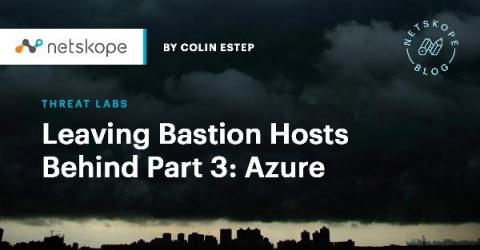5 steps to improve cyber security as your employees return to the workplace
During the COVID-19 pandemic, more UK employees have worked from home than ever before. According to a YouGov survey, around one in five people went from never working from home to doing so constantly. Coronavirus and the resulting lockdown have significantly increased cyber security risks for organisations, with many lacking sufficient controls to protect workers outside the workplace. This has been compounded by threat actors seeking to exploit the crisis.










